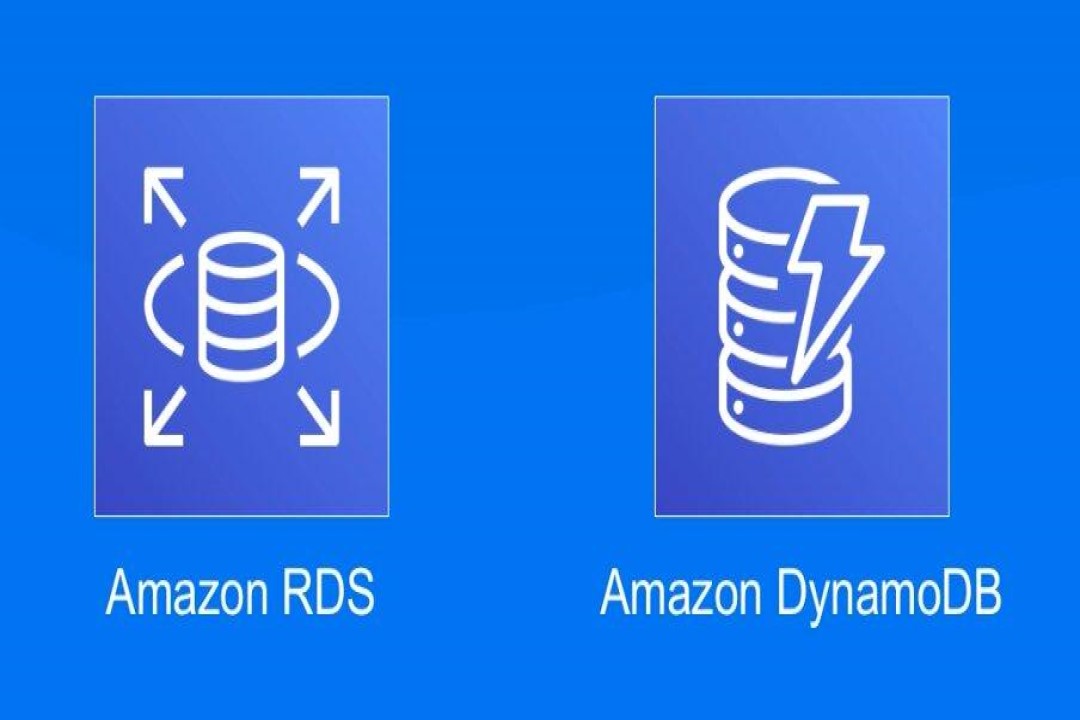Amazon RDS or DynamoDB? Your Guide to Picking the Right Database

In today’s digital landscape, businesses rely heavily on databases to store and manage their data efficiently. With the rise of cloud computing, Amazon Web Services (AWS) has become a popular choice for hosting databases due to its reliability, scalability, and cost-effectiveness. Among AWS’s vast array of database services, two options stand out: Amazon Relational Database Service (RDS) and Amazon DynamoDB. Both offer distinct advantages and are suitable for different use cases. In this article, we’ll compare Amazon RDS and DynamoDB to help you make an informed decision when choosing the right database for your needs.
Amazon RDS is a managed relational database service that supports multiple database engines such as MySQL, PostgreSQL, SQL Server, MariaDB, and Oracle. It is designed to make it easy to set up, operate, and scale a relational database in the cloud. Amazon RDS takes care of routine database tasks such as provisioning, patching, backup, recovery, and scaling, allowing you to focus on your application development.
DynamoDB is designed for applications that require single-digit millisecond latency and can handle any amount of traffic, making it ideal for use cases such as gaming, ad tech, IoT, and mobile apps.
When deciding between Amazon RDS and DynamoDB, several factors need to be considered, including data structure, scalability, performance, and cost.
Data Structure:
Amazon RDS is suitable for applications that require a traditional relational database model with structured data and complex queries. It is a good choice for transactional applications, reporting, and analytics where data relationships are crucial.
On the other hand, DynamoDB is ideal for applications with flexible, semi-structured, or unstructured data that require high throughput and low latency. DynamoDB’s key-value and document data model make it suitable for use cases such as user profiles, session management, and content management systems.
Scalability:
Amazon RDS provides vertical scalability, allowing you to increase the compute and memory resources of your database instance. It also offers read replicas for scaling read operations and Multi-AZ deployments for high availability.
DynamoDB, on the other hand, offers horizontal scalability by automatically distributing data across multiple servers to handle any level of traffic. It also provides built-in support for global tables, enabling you to replicate your data across multiple AWS regions for low-latency access from anywhere in the world.
Performance:
Amazon RDS is well-suited for applications that require complex queries, joins, and transactions. It provides consistent performance for read and write operations, making it suitable for OLTP (Online Transaction Processing) workloads.
DynamoDB excels in applications that require high throughput and low latency for read and write operations. It is optimized for OLTP workloads with simple queries and can handle millions of requests per second, making it ideal for real-time applications.
Cost:
Amazon RDS pricing is based on the instance type, storage, and I/O requests, making it suitable for predictable workloads with varying storage and compute requirements. It also offers cost-saving options such as Reserved Instances and On-Demand Capacity Mode.
DynamoDB pricing is based on provisioned capacity, storage, and I/O requests, with options for on-demand pricing and auto-scaling. It is suitable for applications with unpredictable workloads that require flexible scaling without provisioning capacity in advance.
Conclusion
In conclusion, Amazon RDS and DynamoDB are both powerful database services offered by AWS, each with its strengths and suitable use cases. If you require a relational database with complex querying capabilities and transactions, Amazon RDS is a good choice. However, if you need a highly scalable, low-latency NoSQL database for real-time applications with unpredictable workloads, DynamoDB is the better option. By considering your specific requirements for data structure, scalability, performance, and cost, you can make an informed decision that meets your business needs.
